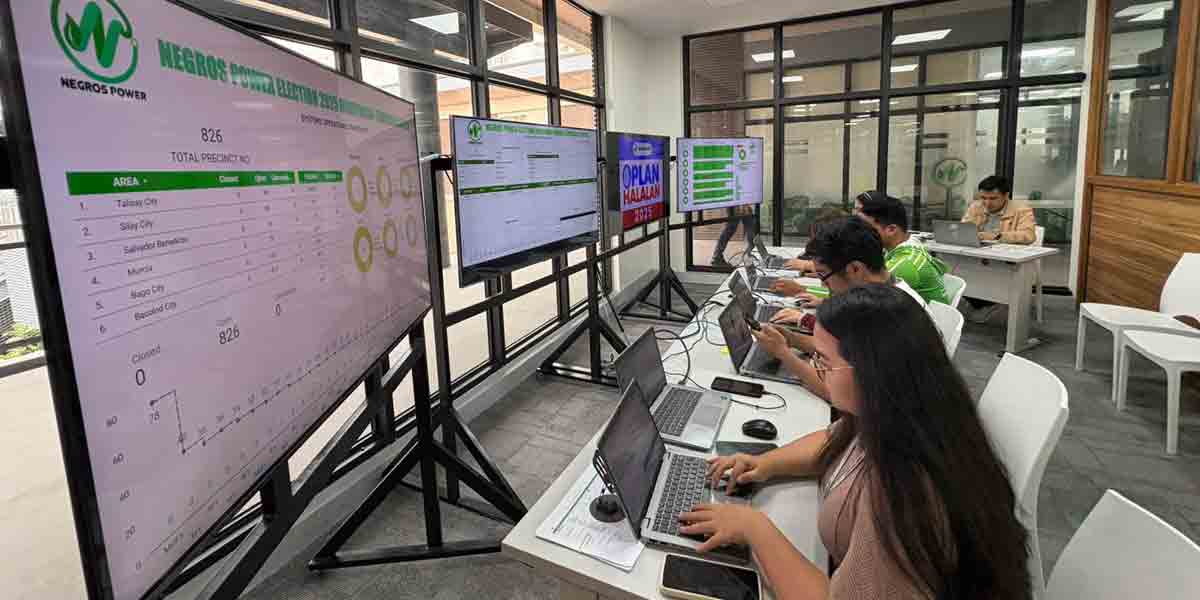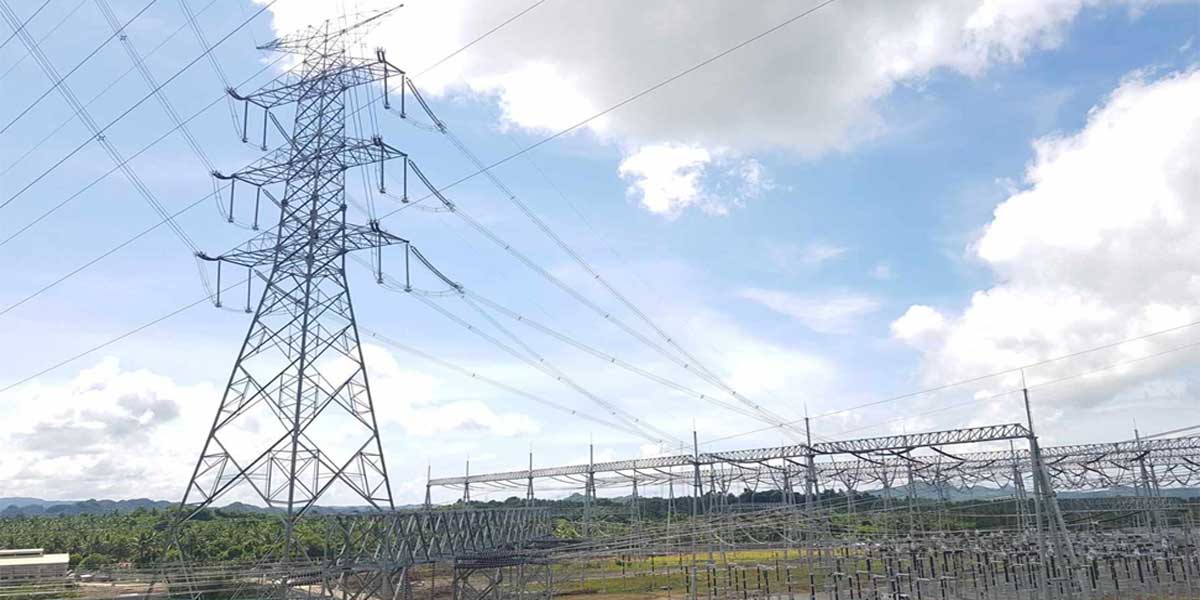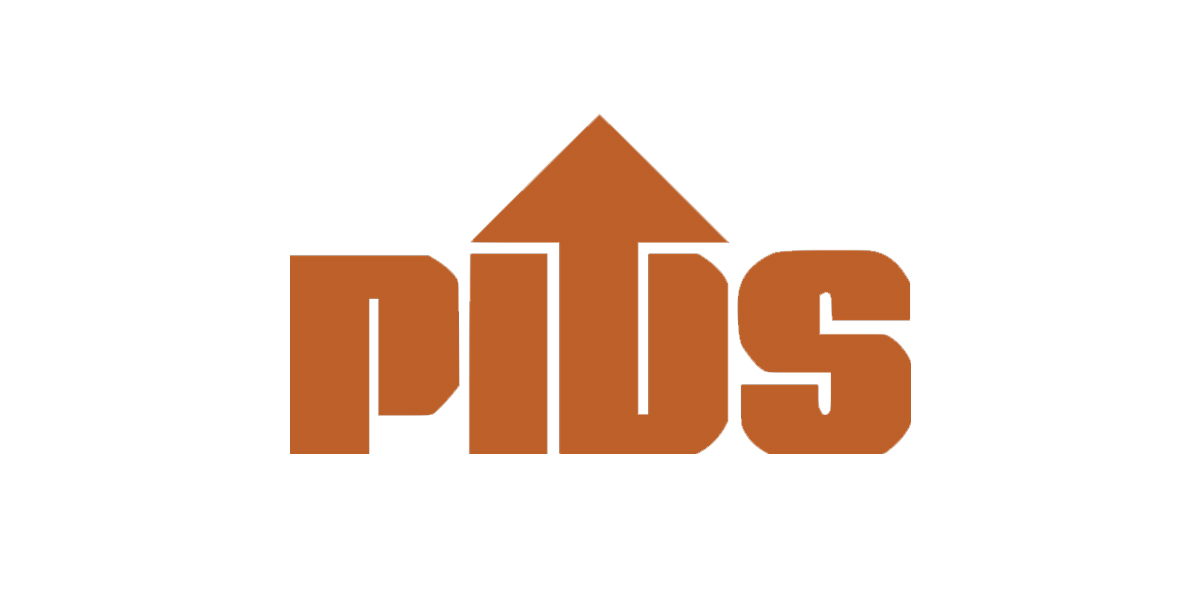The recent projections from the Iloilo City Local Housing Office (ICLHO) have highlighted a pressing issue that threatens to destabilize the city’s growth and development: the alarming number of informal settlers which may surpass the existing housing backlog.
With an estimated 15,000 housing units already in deficit and the local government indicating a figure closer to 20,000, the situation calls for immediate, effective, and practical solutions devoid of political gimmickry or favoritism.
The backlog in housing is more than just a numbers game; it directly impacts various facets of the community.
Environmental degradation is one of the primary concerns. Informal settlements often spring up in ecologically sensitive areas such as riverbanks and hillsides, leading to deforestation, pollution, and increased risk of natural disasters.
The case of the Batiano River, which has been designated a no-build zone, exemplifies the urgency to protect these areas. The planned demolition of houses along this river is a necessary step to mitigate further environmental damage.
Social services are also severely strained by the housing backlog. The influx of residents in unplanned and overcrowded settlements makes it challenging for the city to deliver essential services like healthcare, education, and sanitation.
The strain is particularly evident in areas like Sto. Niño Norte in the Arevalo district, which has the highest number of informal settlers.
The city’s resources are finite, and the rapid growth of informal settlements can overwhelm the existing infrastructure, leading to a decline in the quality of life for all residents.
Peace and order are other significant concerns. Overcrowded and underserved areas are often hotspots for crime and social unrest. The lack of adequate housing and basic services can breed discontent and lead to increased crime rates. It is imperative that the city addresses these issues proactively to maintain social harmony and public safety.
Given these multifaceted challenges, the city’s approach to housing needs a comprehensive overhaul.
Vertical developments, such as condominium-type low-cost housing, might seem like a quick fix, but they carry their own set of risks. These projects can lead to population booms that the city’s infrastructure may not be equipped to handle. Hence, a careful, well-researched, and phased approach is crucial.
The ICLHO’s acknowledgment of the high cost of land in the city presents another hurdle. However, this should not deter the city from seeking viable solutions. Long-term relocation plans, though costly, are essential.
The city government’s collaboration with the Department of Human Settlements and Urban Development (DHSUD) for the Pambansang Pabahay Para sa Pilipino: Zero ISF Program for 2028 is a step in the right direction.
However, it is vital that this program is implemented with a clear focus on sustainability, inclusivity, and fairness.
The city government’s current and upcoming housing projects in the Jaro District, along with partnerships with private developers, indicate a move towards addressing the backlog.
These efforts need to be part of a broader, integrated housing strategy that includes robust data collection, as planned by ICLHO, and continuous revalidation to ensure accuracy and effectiveness.
Iloilo City’s housing crisis demands urgent and practical solutions that go beyond political rhetoric. It requires a multifaceted approach that considers environmental sustainability, social service delivery, and community stability.
A sustainable, inclusive, and environmentally conscious housing program is not just desirable but essential for the city’s future.





















